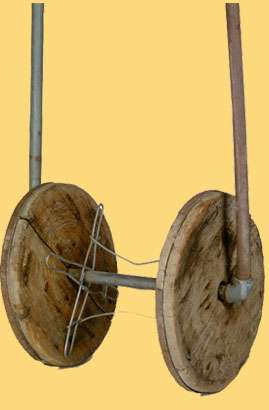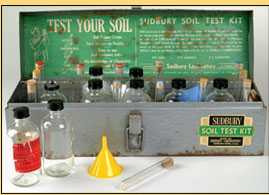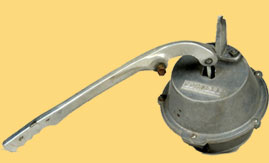After the disastrous losses on Montrana's eastern plains in 1886 and 1887, open range cattlemen gradually adjusted to the annual ritual of calving in the spring; trailing herds to high summer pastures while growing hay on the home place; and then trailing herds home to be fed through the winter.
In the arid west, hay production required irrigation. Water rights were crucial to success. In accordance with early mining law, Montana water rights were established by 'first in time, first in right.' The first person to use water from a particular source retained the first right to continue to use that amount of water. Dams were built to create mountain lakes to hold spring run-off. Irrigation ditches carried water to remote hayfields.
Fences were built to keep cattle out of fields where hay was grown. Selective breeding was possible with improved fencing. The plains became a patchwork of fields sewn together by barb wire. Building and maintaining fencing required the cowboy to get down off his horse, and begin his gradual evolution into a ranch hand. |
|
 |


















